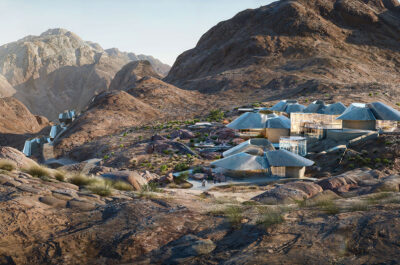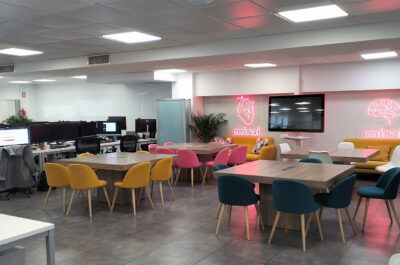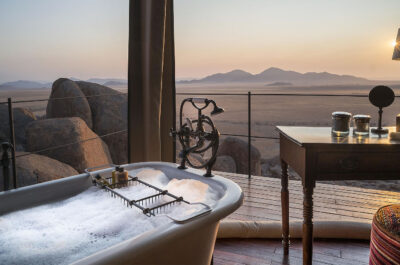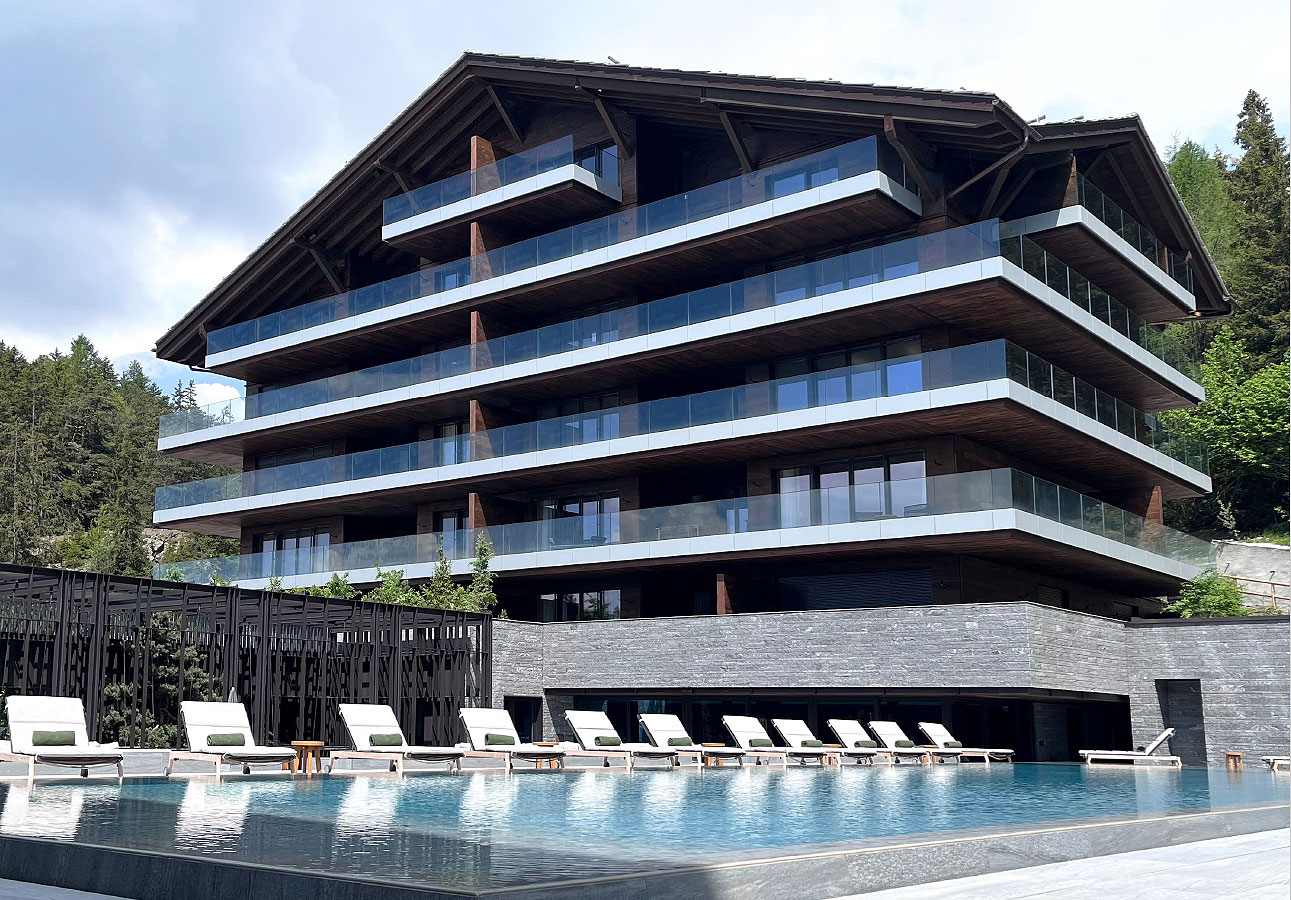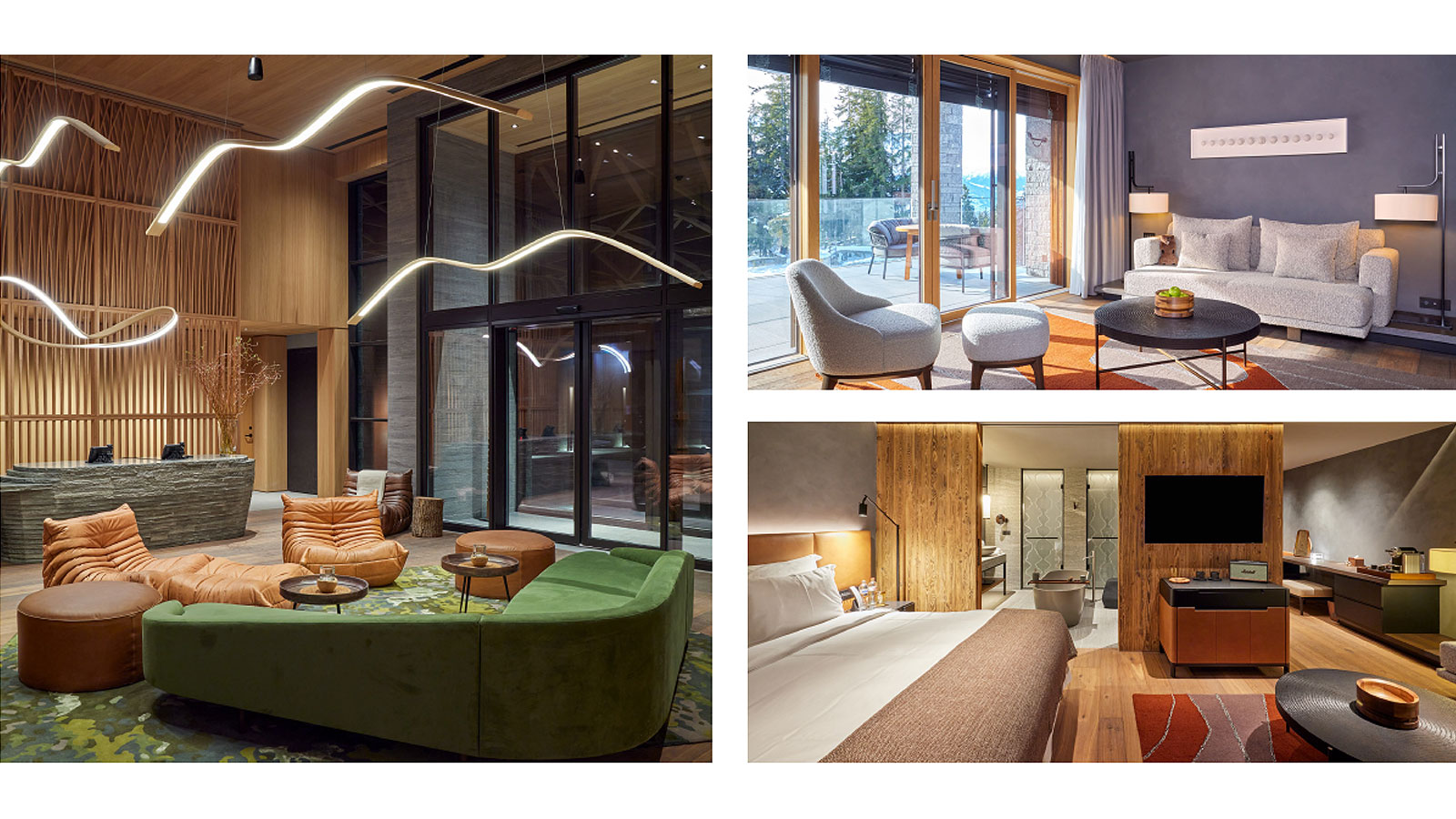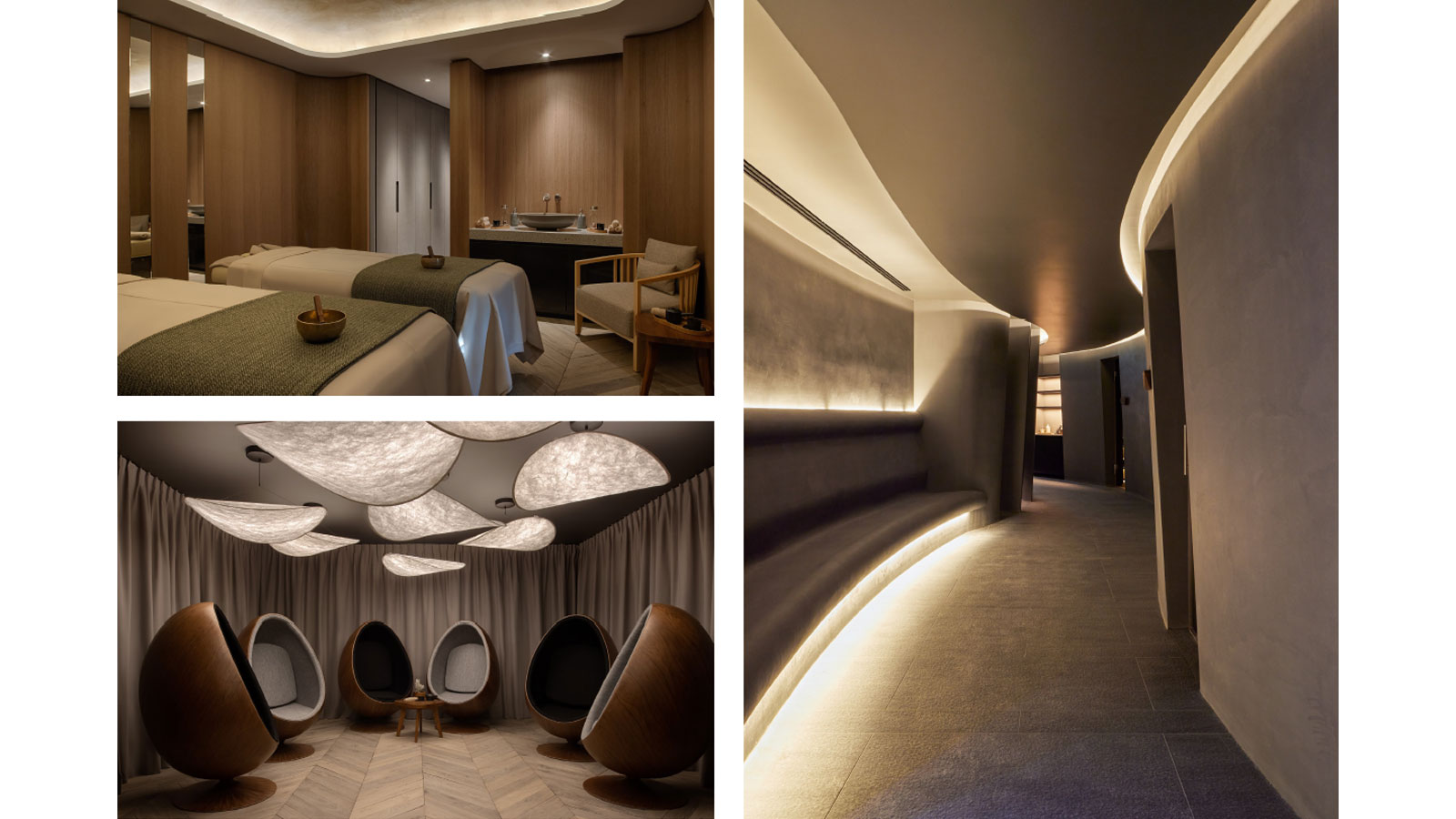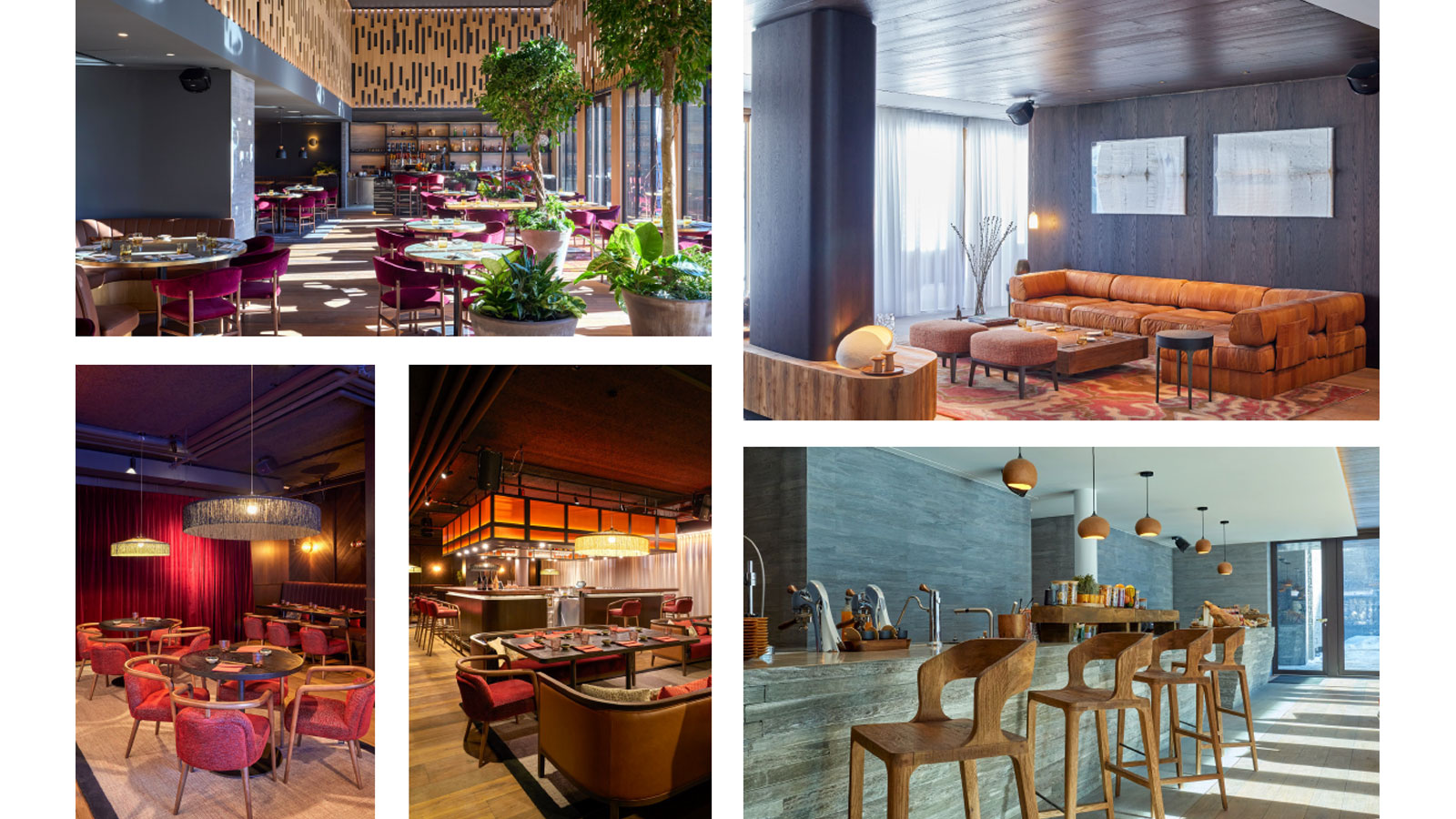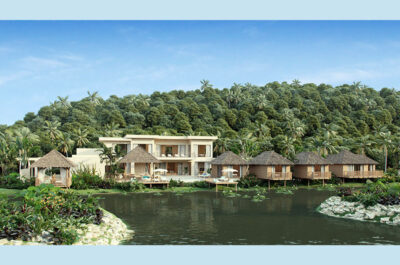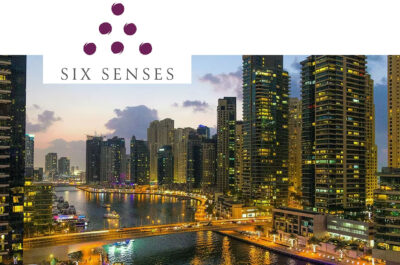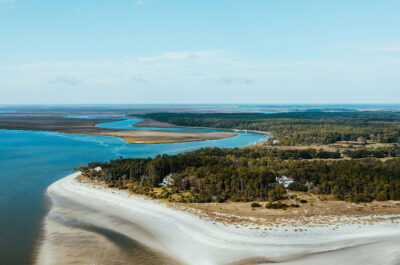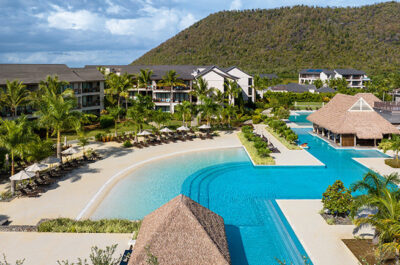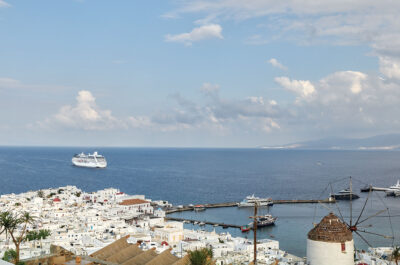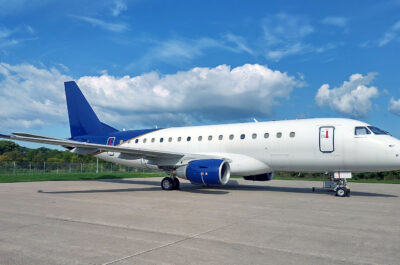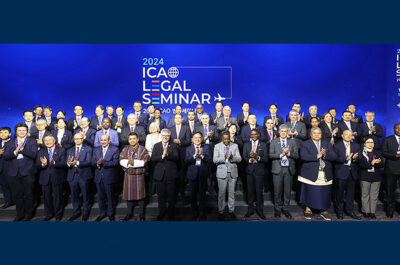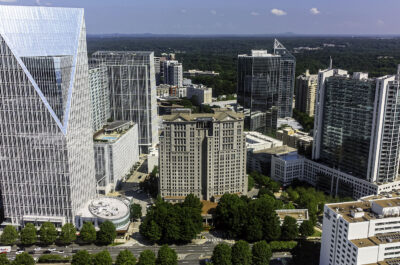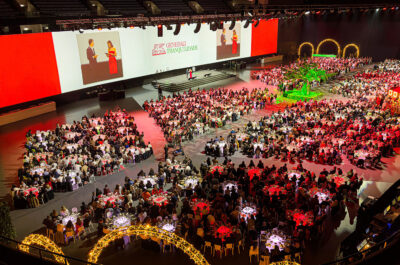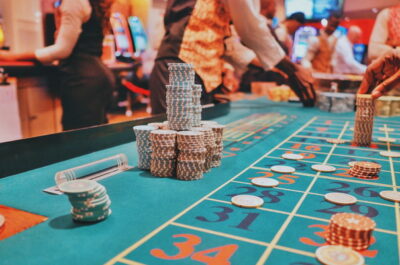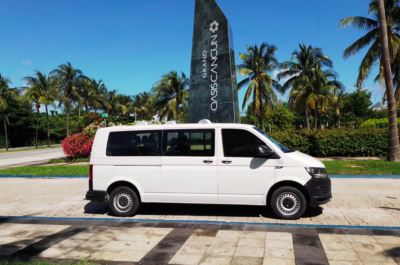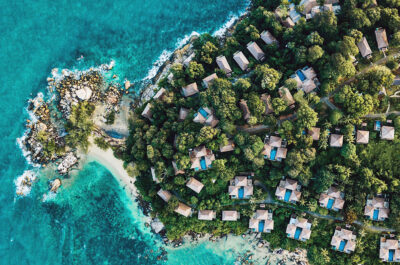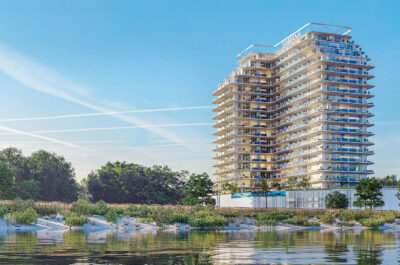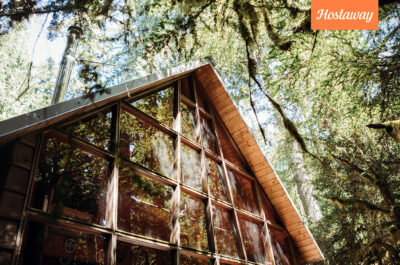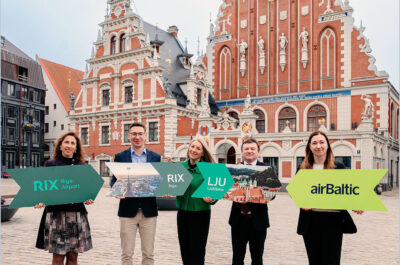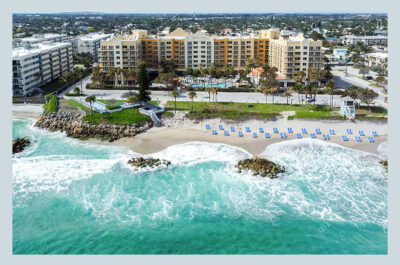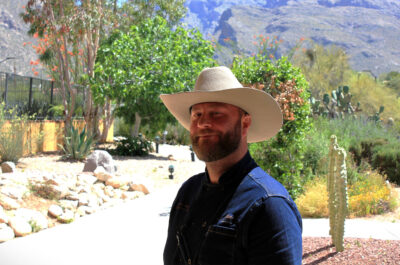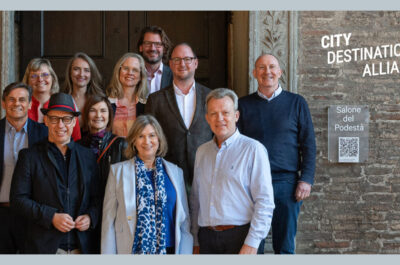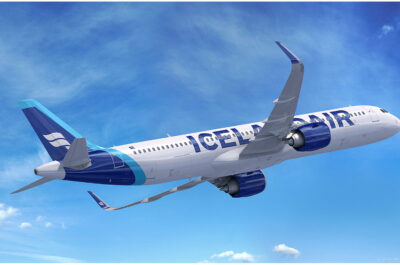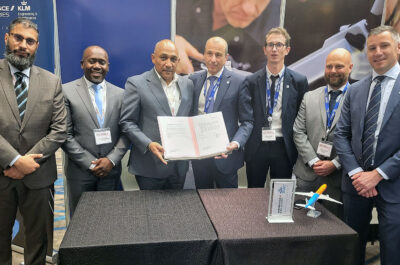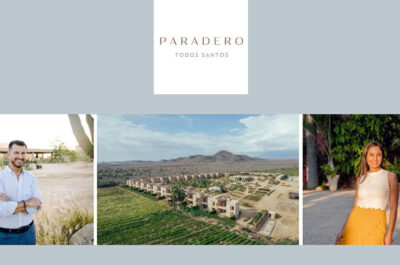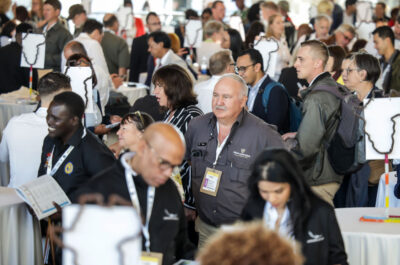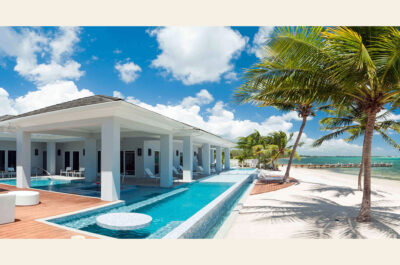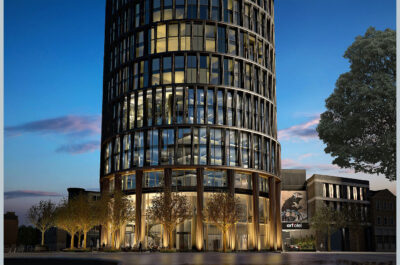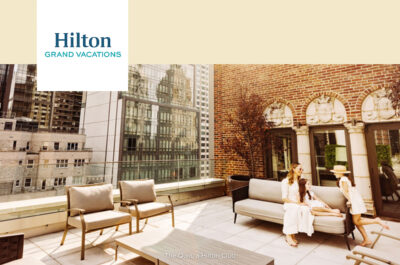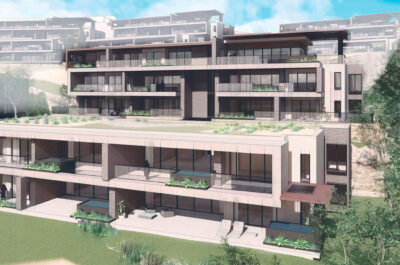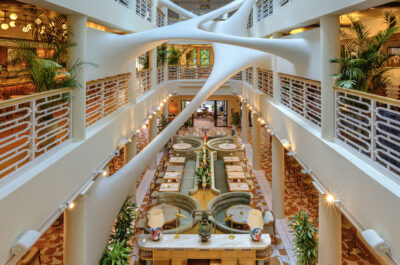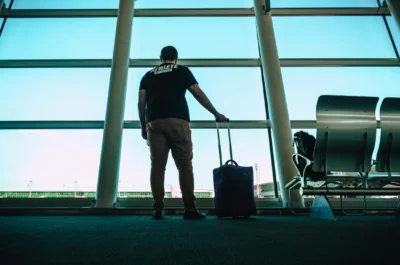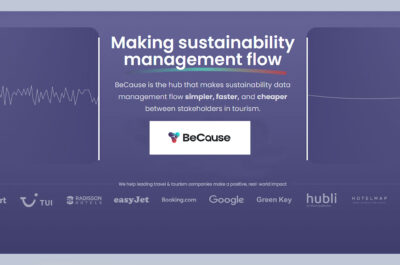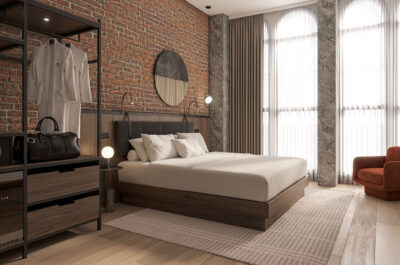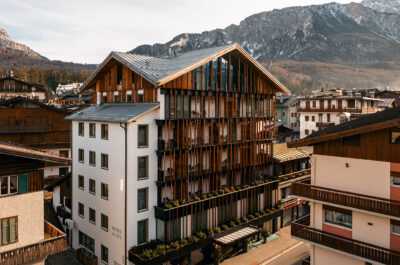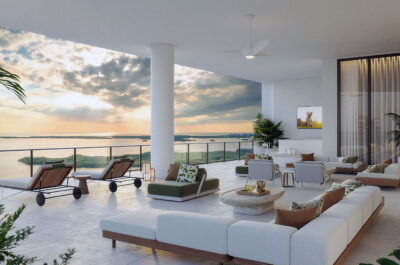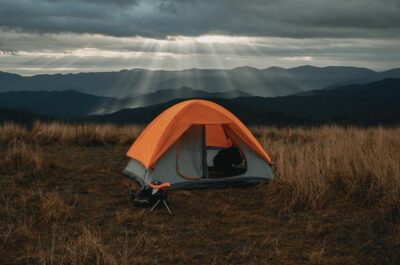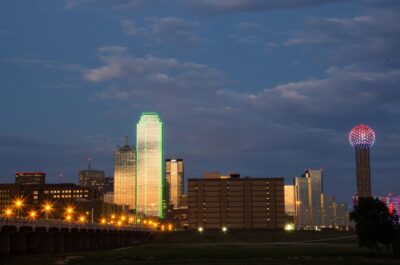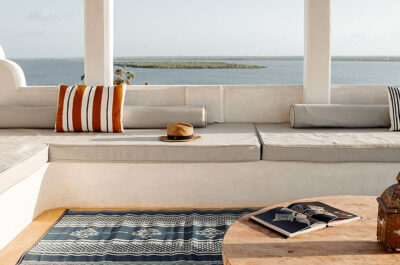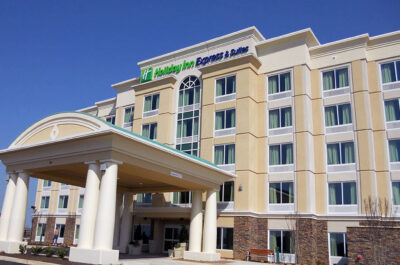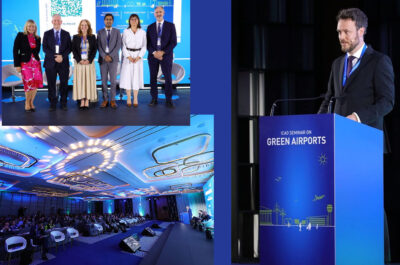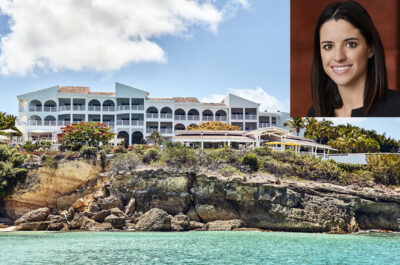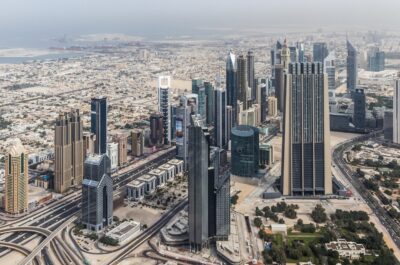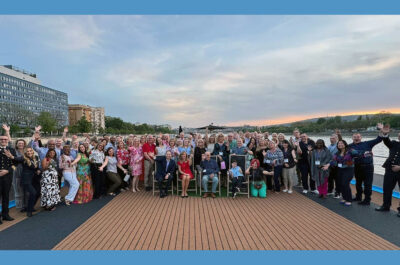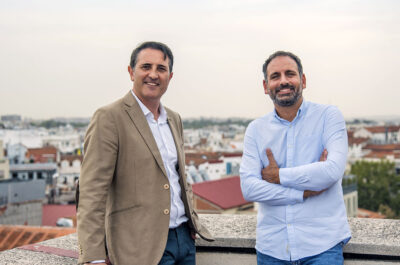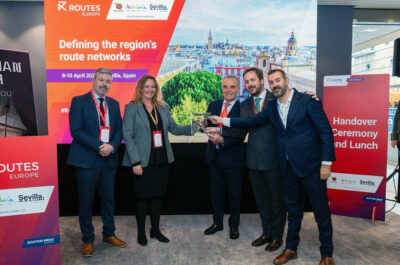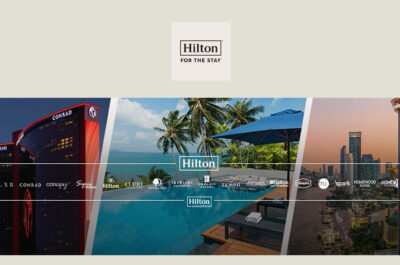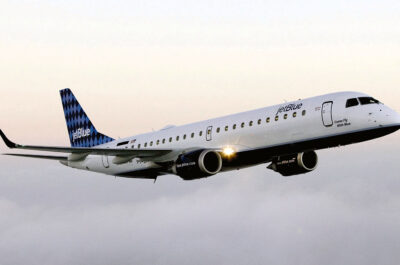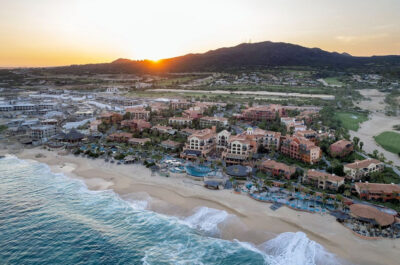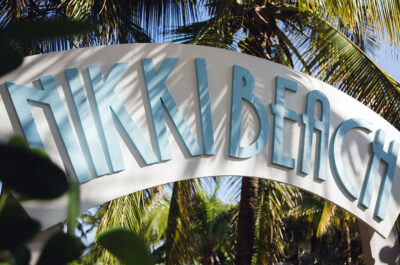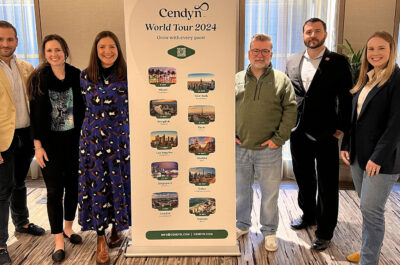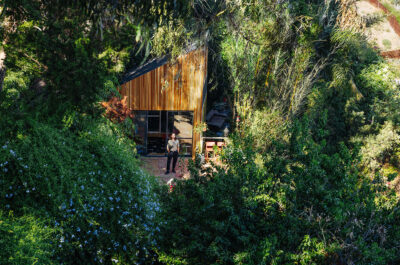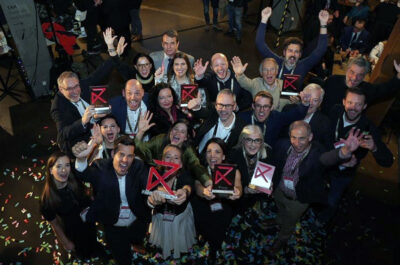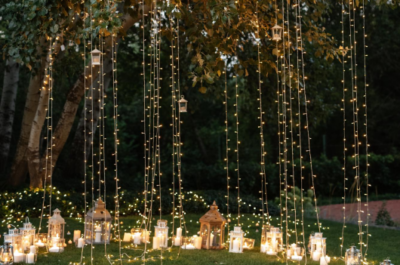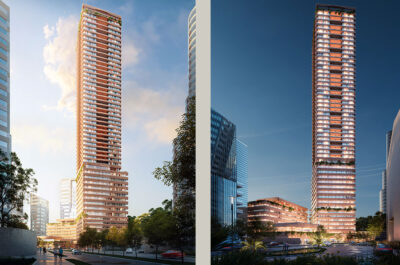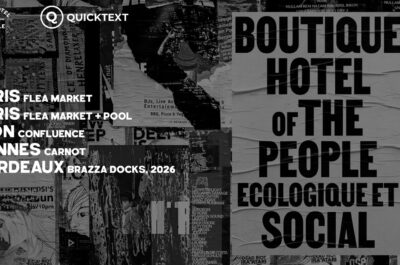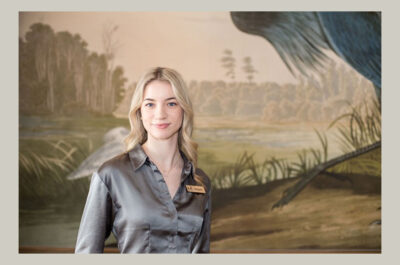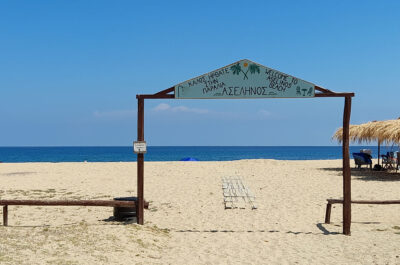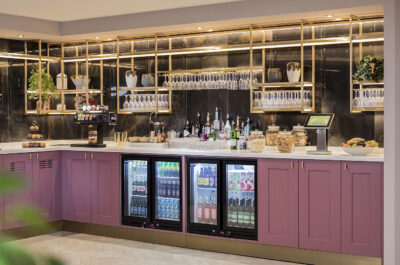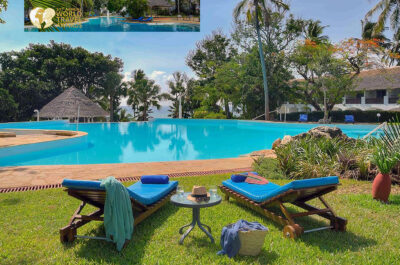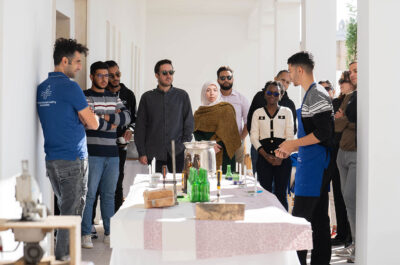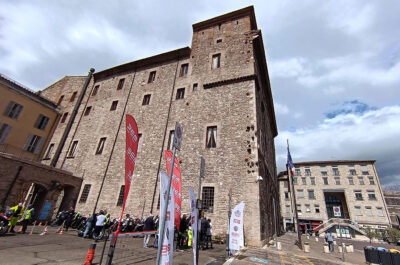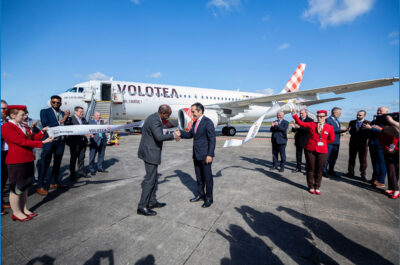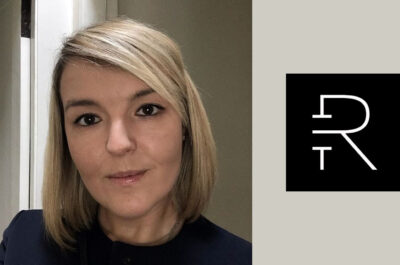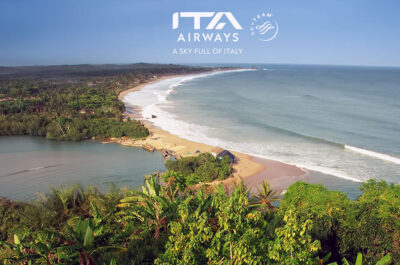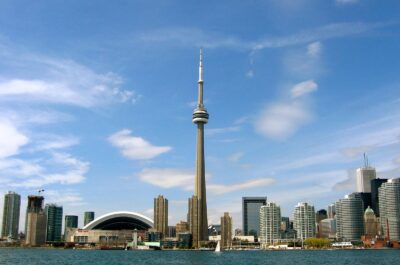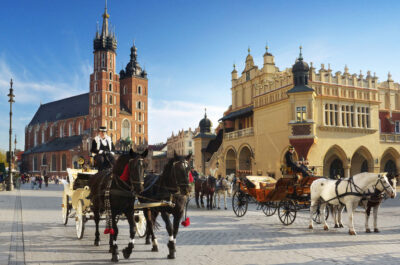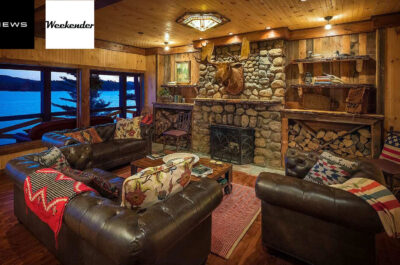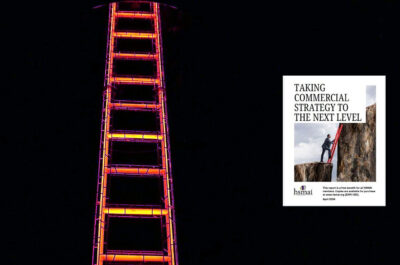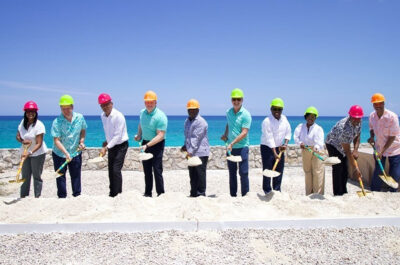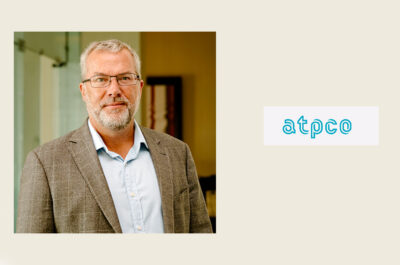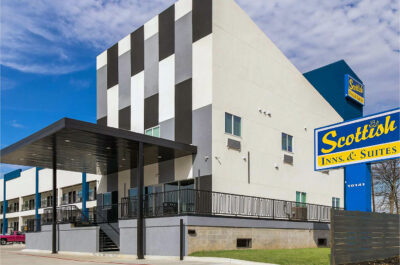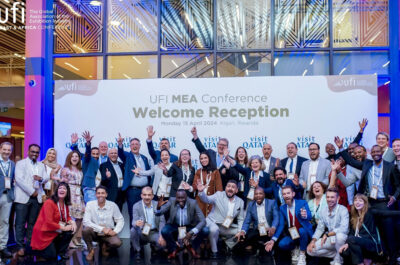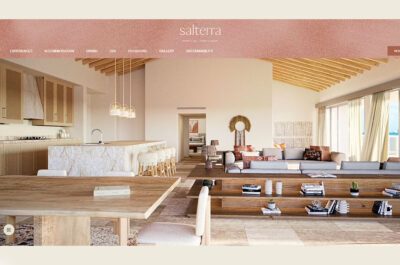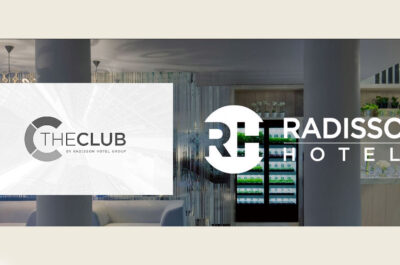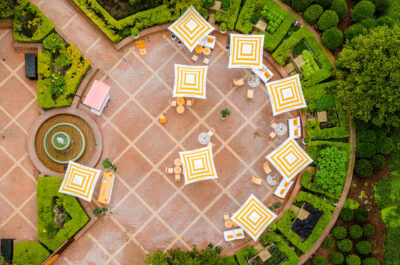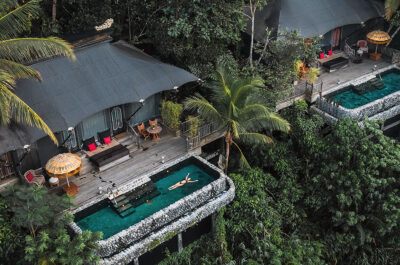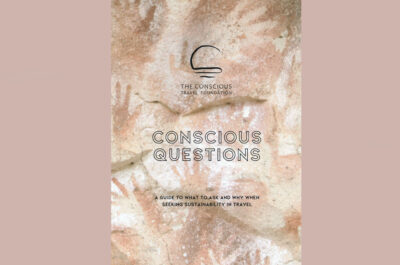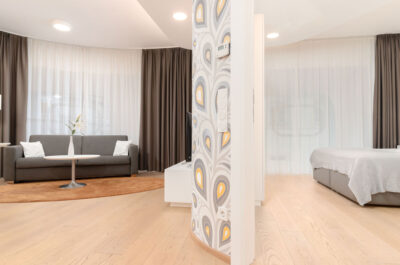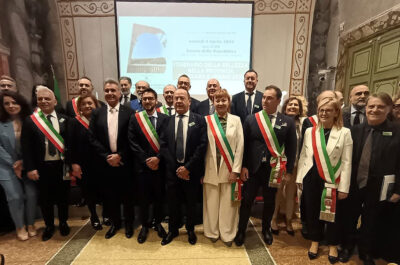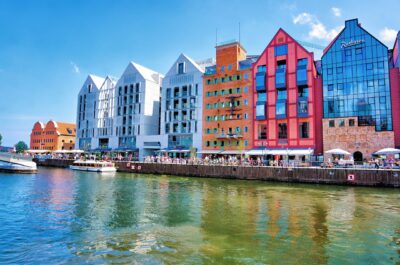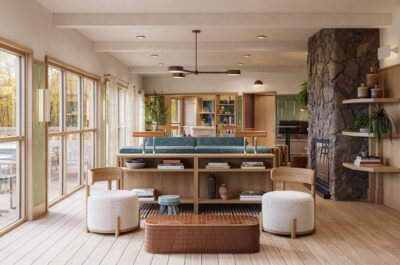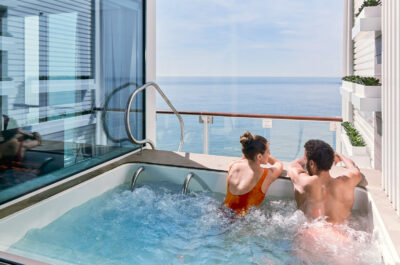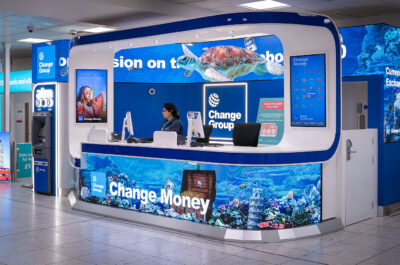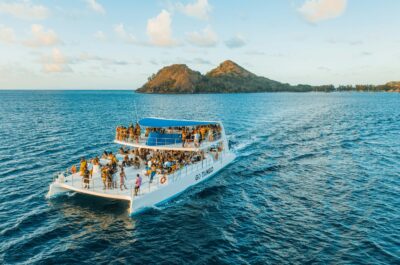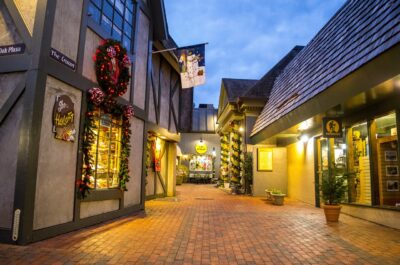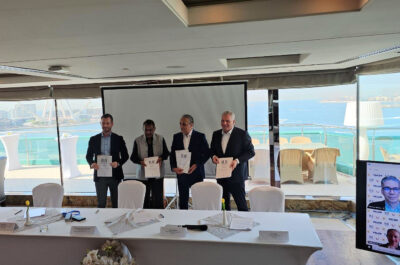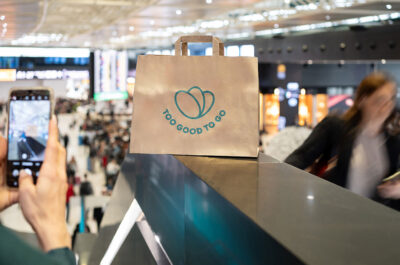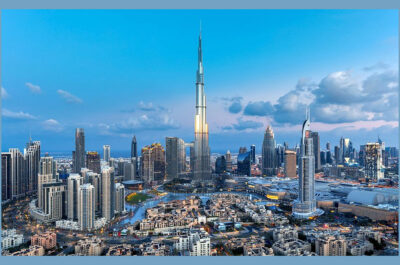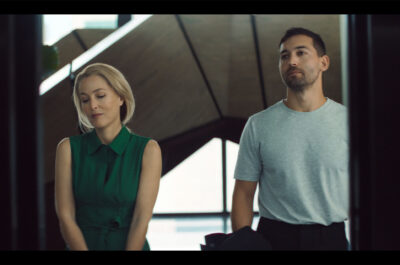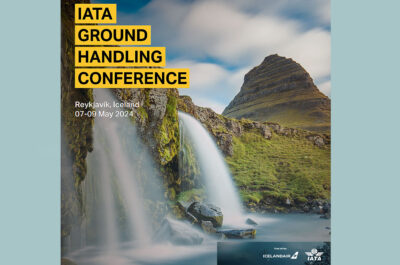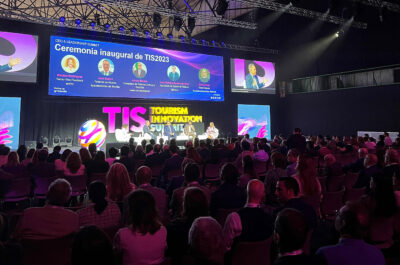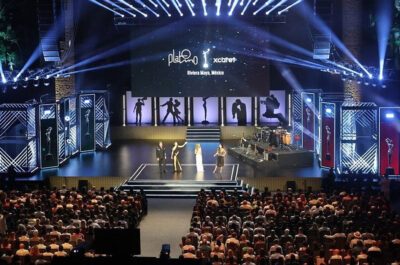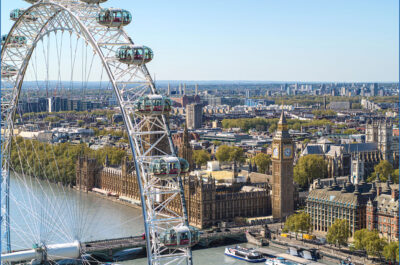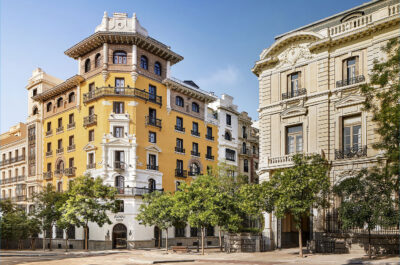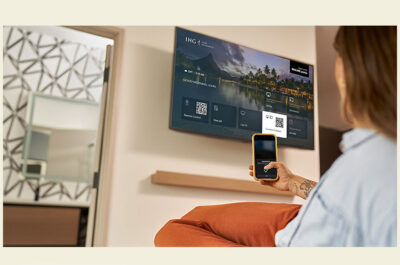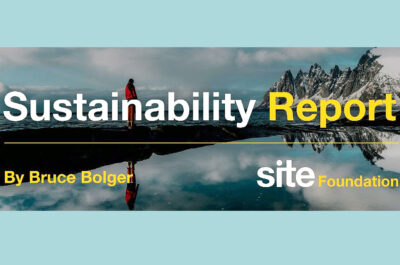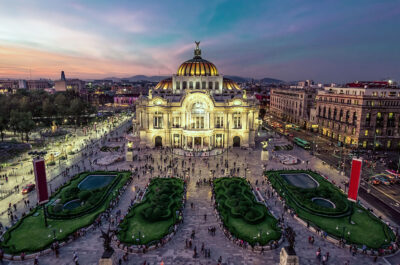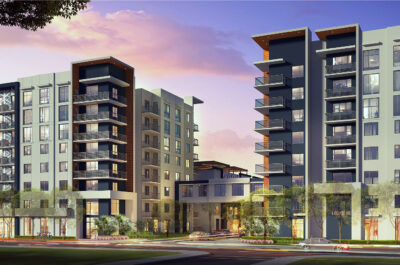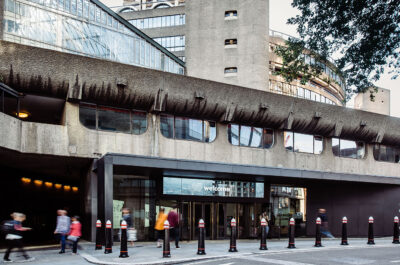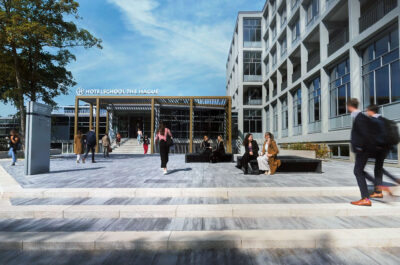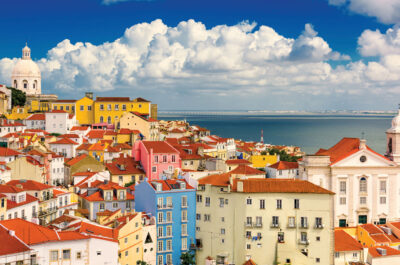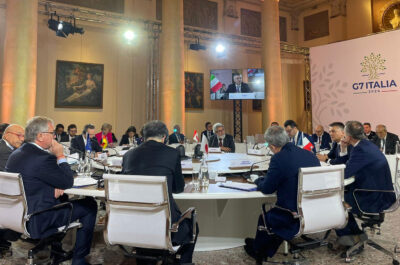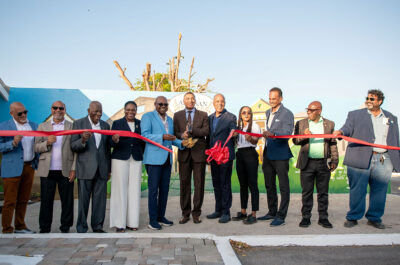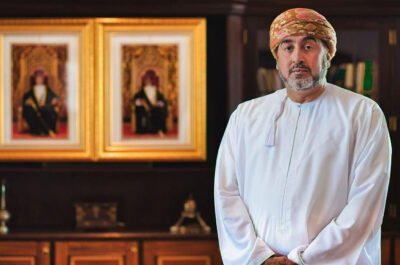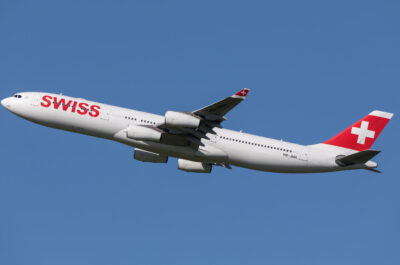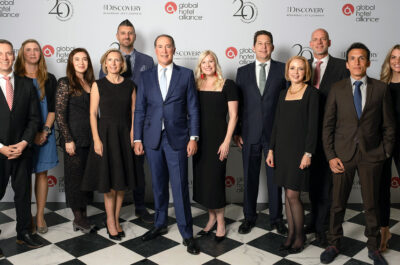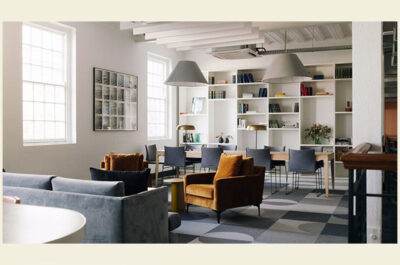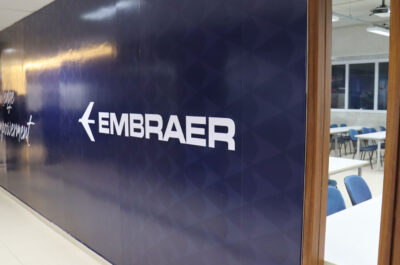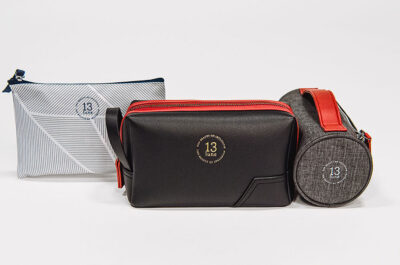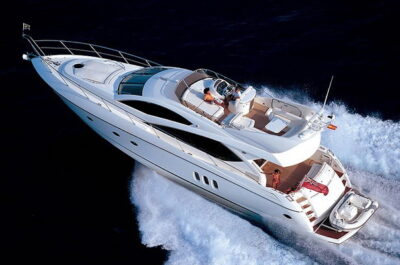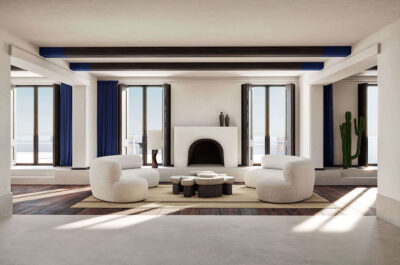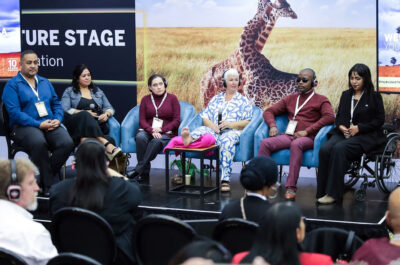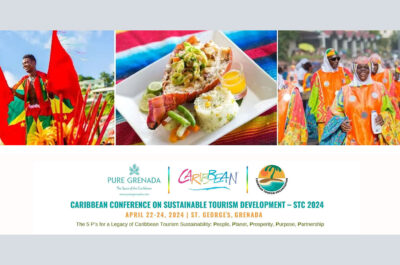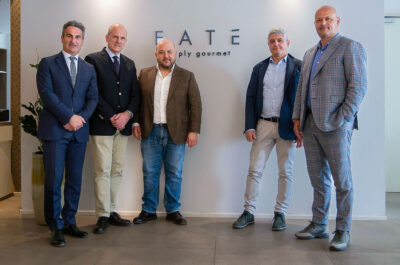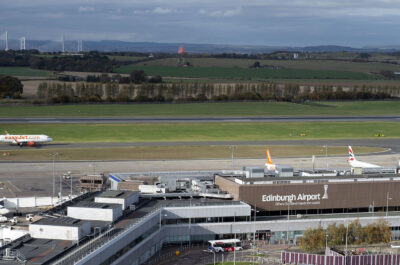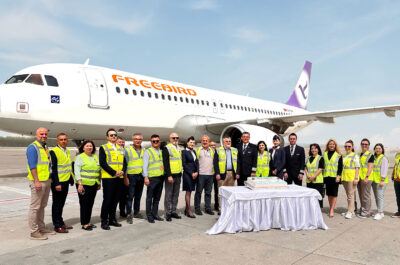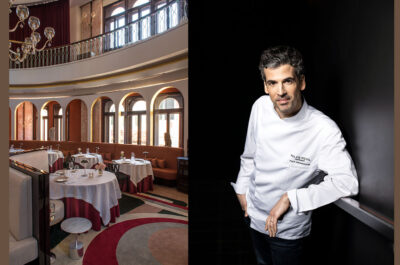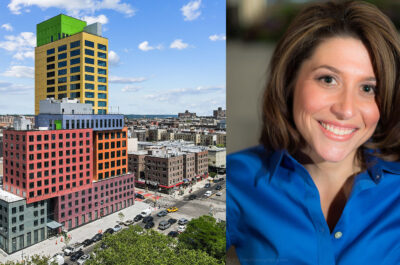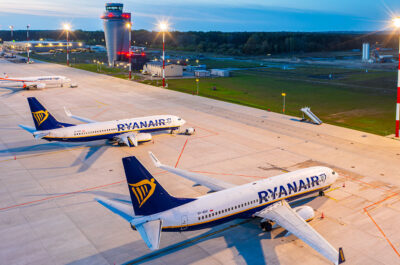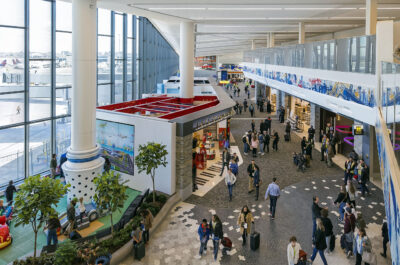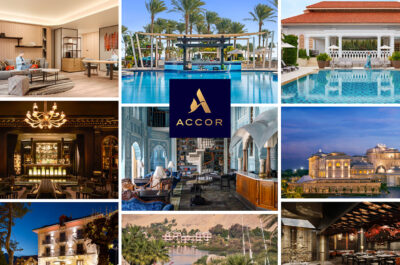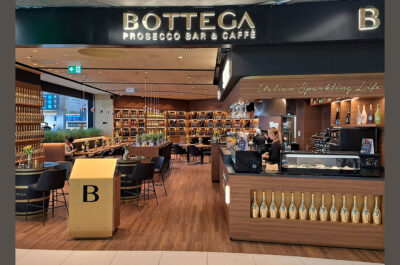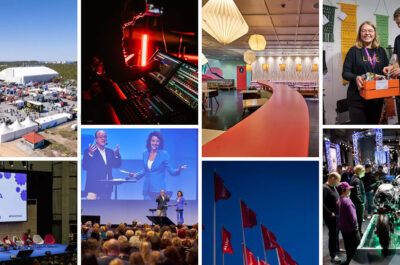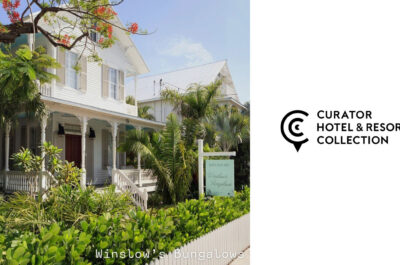The Six Senses hotel is located high above the town of Crans-Montana, at the foot of the slopes, overlooking the majestic valley. The experience that AW2 wanted to develop was that of a journey from the bowels of the mountain to the treetops of the conifers, guided by the light.
Before Six Senses came onboard, the project was designed as a 90-room hotelby JP Emery Architects. Based on the existing permits, AW2, worked with Jean-Pierre Emery and his team to redesign all the architecture to reinforce our project narrative for Six Senses.
The architecture had to reflect AW2’s interior design, for which AW2 was solely responsible, and reinforce the interior’s connection to nature. The podium’s facade was conceived as a solid stone plinth, with expansive openings onto the vast private terraces of the suites and the views to the slopes. The two volumes above are designed as chalets with wrap-around balconies looking out onto the valley.
The constraints of the existing permit were finally overturned to create a new project. One that reduced the number of keys to 46 in the two volumes joined by the plinth (Building 1) and providing multiple public spaces such as the Alpine Garden, two swimming pools, a 2000 sqm spa, two restaurants, a lounge bar… Working with the context and using the previous project became the basis for the new project.
“Jean-Pierre Emery sadly passed away before he could see the building completed. We remember him warmly, and not to have him with us to see the building completed is something we will greatly miss.”
The journey to the light
While redesigning the plans and incorporating Six Senses’s vision, we developed a narrative to guide our thought process. This began with the project’s location, directly on the ski slopes, which meant that the only access to the building would be through a tunnel into the building’s lowest level. This arrival point, right in the heart of the mountain, as it were, forms the starting point a ‘journey’ through the site, an upwards journey towards the light. This journey takes you from the depths of the mountain cave, up through the valleys, the forests and trees, to finally emerge above the treetops, taking in the views andthe bright rays of sunlight shining through the pine needles and onto the snow.
The drop off arrival
AW2 wanted the arrival at the Six Senses Crans-Montana to reflect their narrative in the strongest possible way. The first experience visitors have of the project is therefore the entry tunnel leading you into the drop off space. This vast space is lined in stone, with a rhythm of linear lights around. The ceiling is designed as timber structure with its lines recreating the stone facets found in a mountain cave. It is like a contemporary expression of the grotto. The light that comes through the tall see-through panels – inspired by the natural constructions of pine needle branches – leads you towards the reception space. Again, this is a tall, minimal space where simple materials – stone and timber – start to tell the story of what is to come. It was AW2’s intention here to create both a strong visual impact and a true sense of arrival. One that initiates the narrative and sets things up for the guests stay at the hotel.
The suites
For the suites, AW2 wanted to create a sense of ‘coming in from the cold’. The idea that the space is a cabin in the woods, a space to feel warm and safe, while in direct contact with surrounding nature. The rooms are thus lined in rough timber planks and stone-coloured wall render. The windows run the full width, with vast private balconies, taking in the views onto the ski slopes, forest and valley. The natural colour tones of the room were chosen to reinforce the idea of nature. The timber walls open with sliding panels into the bathroom space, which – as if carved into the mountain- is lined in stone. The suites we have designed expresses our idea of luxury at AW2. It is understated, with every detail thought-out to create a connection to the context and environment. At the Six Senses Crans-Montana AW2 were able to do so fully, by designing the space, the furniture, the lights and even some of the accessories.
The indoor pool
AW2 like to design hotels with a single, clear narrative and feel. They limit the range of materials, create variations of the same theme and establish a continuity in design. This is what establishes the identity of their projects. However, AW2 also play on the idea of ‘destination within the destination’. Every space is designed in continuity but tells its own story. This is very much the case at the indoor pool of the Six senses Crans-Montana. While the details and materials are the same as the rest of the project, the space was thought-out as a mountain cave pool. The stone lined walls and floors are juxtaposed to the sculptured ceiling in wood. The reflection of the timber ceiling battens – 15,000 of them – in the water creates a play of light with the sunlight filtering through the exterior courtyard lined in birch trees. This is a space that is suspended in time, where the seasons become part of the experience with the white snows in winter and the green leaves of the trees in summer.
The Spa
The spa at Six Senses Crans-Montana is a major part of the project with over 2000 square metres of space at the heart of the building. The treatment rooms, which AW2 imagined as mountain cabins in the woods, are organised around the Alpine Garden, putting them in direct contact with nature outside. These timber-lined rooms contrast with the green of the trees outside. The wet treatment area offers a unique moment in multi sensorial experiences, all within the curved walled space. As if excavated directly into the mountain face.
The Alpin Garden
At the Six Senses Crans-Montana, AW2 opened the facades directly onto the surrounding forests and views. But, because the footprint is so large, they wanted more. So, they decided to ‘insert’ a giant garden at the heart of the building. It is a vast space, fully landscaped with native trees and plants. It is framed by a steel superstructure that defines it as part of the architecture. It sets up the façade within to bring light to the rooms around it. The space is also used as an external circulation route, with its suspended wooden walkway, reminiscent of the locally found ‘bisse’, a traditional system of paths and wooden structures found in the mountains, used to irrigate the fields below. One can use it to cross the space while standing at the top of the trees.
The Podium
As part of AW2’s mission to connect architecture with nature, they always aim to blur the lines between indoor and outdoor space. Between the two chalet structures, the terrace is organised around the main outdoor swimming pool. The space opens towards the east and the forest. The outdoors provides various areas to lounge, sit by the fire pit, interact or watch a movie on the outdoor cinema screen. It all connects back to the interior lounge and its long stone bar counter, engendering the space with a sense of depth.
The Solarium
Above the west wing rooms, AW2 have created a viewing platform that opens to the south and west, towards the valley, beyond the tree lines. From here you see the mountains and take in the scale of the place. It is a point in the project where the relationship between building and mountain is at its strongest. The space is designed for guests to spend time at sunset, taking in the view. In this way, they have created a ‘destination within the destination’, an important feature for any great hotel.
Sustainability and the use of local materials
In Six Senses Crans-Montana, the experience of contact with the mountain is complete with the choice of materials. The quartzite, larch and oak, and the slate roof are a direct reference to traditional local dwellings. Inside the hotel, the materials used are, among others, polished natural stone and brushed and textured antique bronze. The atypical wall finishes were inspired by
Valaisan embroidery of thick natural leather and natural textiles of wool. Furniture, designed and specified by AW2, brings a modern touch while maintaining the spirit of the Swiss chalet.
In this hotel, AW2’s view on sustainability has two strands: social and environmental. When it comes to social sustainability, the design offers a guest experience based on the local culture. It is authentic to its location, reflective of its surroundings and supportive of local skills and customs.
The second element of sustainability, environmental, means using materials for both the construction and interior fixtures, fittings and furniture. Materials are sustainably sourced, have a low carbon impact, and a negligible effect on their surroundings. AW2 designs their projects in the most eco-responsible way possible, minimizing the use of fossil fuels and favouring the use of local products and resources. At AW2, sustainability is an integral part of our process from the outset of our projects. AW2 begin by reflecting on the location of the site, on the resources of the immediate environment, and on the optimisation of the use of energy.
Theodore is the Co-Founder and Managing Editor of TravelDailyNews Media Network; his responsibilities include business development and planning for TravelDailyNews long-term opportunities.


